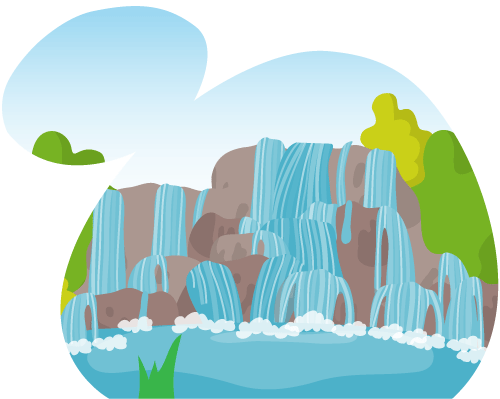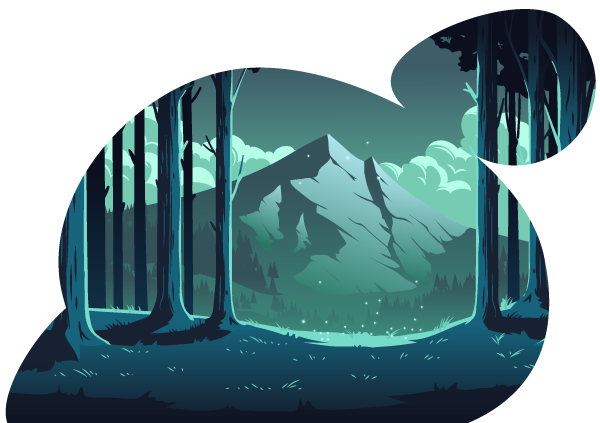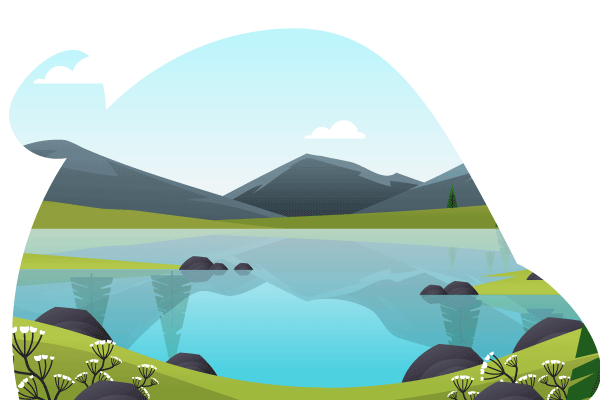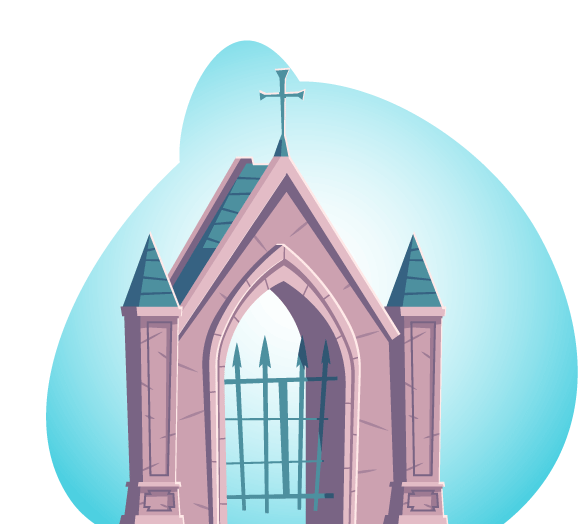The national park covers an area of 109 km² (almost 26km² of water surface) of the Krka River and the lower course of the Čikola River. The basic phenomenon is the travertine waterfalls of the Krka River. The most beautiful and most famous waterfalls are Bilušića buk waterfall, Manojlovac waterfall, Roški slap waterfall and Skradinski buk waterfall. Lozovac, the main entrance to the national park is 48 km away from Knin, Roški slap waterfall 40 km, Bilušća buk waterfall 19 km, and Manojlovac waterfall 20 km away from Knin
Next to the Manojlovac waterfall is the pearl of ancient history, the Roman military camp Burnum. It was built in the 1st century AD, and today you can see the remains of arches that belonged to the military command building and a well-preserved amphitheater.


The highest mountain in Croatia and the mountain that provided the name for the entire mountain range from Slovenia to Albania - Dinarides. Dinara is a natural border between Croatia and Bosnia. It stretches in the direction northwest - southeast in the length of 84 kilometers. The highest peak Troglav (1913 m) is located in Bosnia, and Dinara (1831 m) is the highest Croatian peak. Climbing to the top of Dinara requires good shape because all approaches are long, steep and difficult. Access roads from several directions are marked, and accommodation is provided at the mountain lodge in Brezovac (1050 m) and in the Hunting Lodge.
In February 2021, the Dinara Nature Park was declared as 12th Croatian nature park.
12th nature park of Croatia

Among numerous sources, three big ones stand out - Vukovića vrilo , Batića vrilo and Veliko vrilo. The most attractive is Veliko vrilo (Cetina Vrilo or Glavaš), also known as the most beautiful eye of Dalmatia. Veliko vrilo is submerged speleological object explored to a depth of 115 meters. There is a cycling tourist viewpoint with a rest area above the source. It is 35 km away from Knin.
500 meters south of the spring are the ruins of an church built in the 9th century - the church of St. Salvation. It is one of the best preserved monuments of early medieval sacral architecture in Croatia and the only church from the 9th century whose tower still stands. Next to the church there is a cemetery with stećak tombstones, dating from the 14th and 15th centuries.

The Stara straža nature monument is located 4 kilometers northwest of Knin. It has been protected since 1961 and covers an area of 1.17 ha. It has great geological significance due to the clearly visible wrinkles that represent the wavy curved layers of the Earth's crust. The profile with layers of Jurassic and Cretaceous age is well developed and clear. It is about 30 meters long and about 5 meters high. The site is important due to its characteristic paleontological, mineralogical, petrographic and sedimentary profiles. The layers are brittle, so no actions are allowed near them, especially digging and quarrying.


Biskupija is located 7 km southeast of Knin, and is one of the largest and most famous pre-Romanesque archaeological sites in Croatia. Biskupija was the ecclesiastical and cultural seat of the old Croatian principality, and later the seat of the kingdom. It is very important because of the remains of five medieval churches from the pre-Romanesque period.
Commercial Court in Zadar - permanent service in Šibenik, Reg. No.: 110036398

More information about EU funds at: www.strukturnifondovi.hr
More about the Operational Program "Effective Human Resources" 2014 - 2020 at:
http://www.esf.hr/operativni-program/
The development of the website was co-financed by the European Union from the European Social Fund